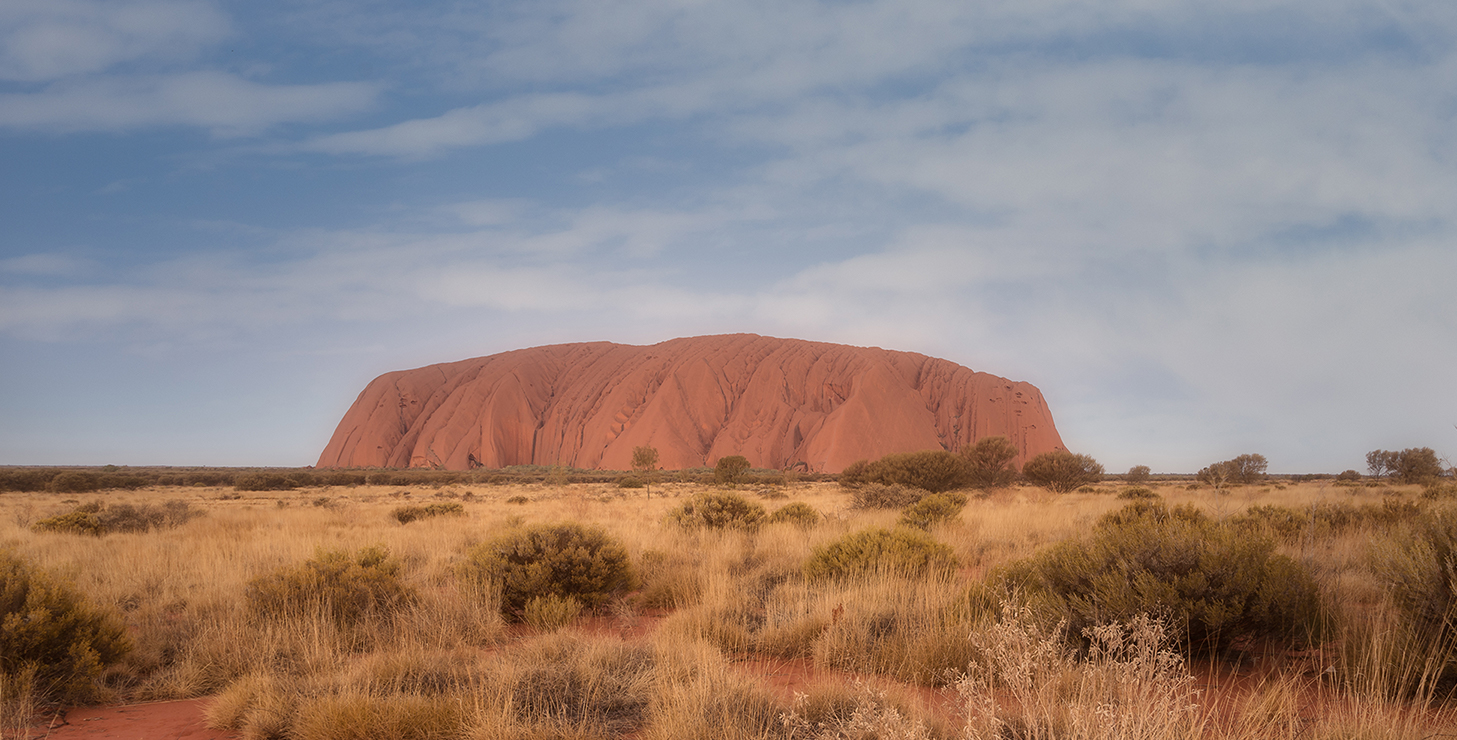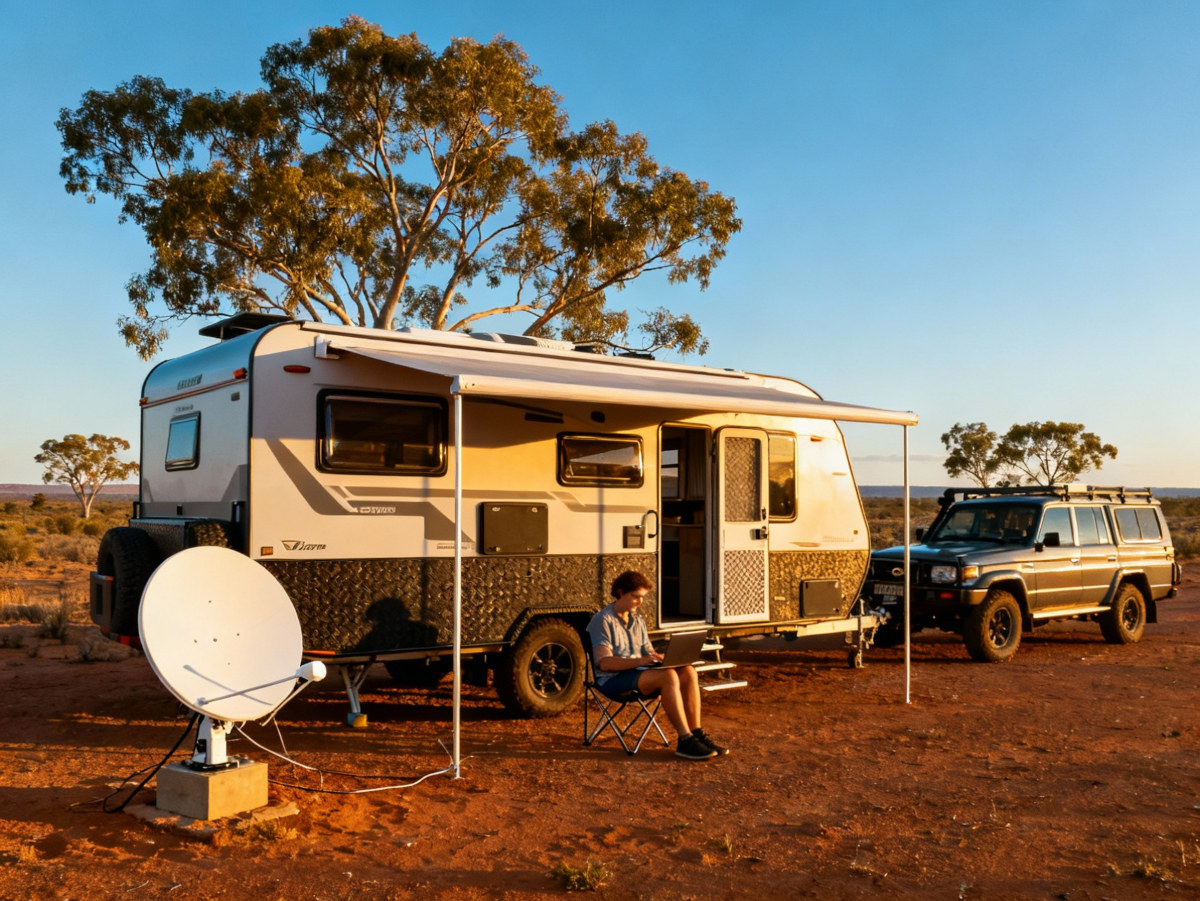Today I will describe how we use, plan, and access the internet while on the road full time. We have been on the road for nearly 1 year, and have picked up a few tips and tricks along the way.
There are a lot of options, and a lot of money that can be spent chasing the internet, our system is pretty good for our needs, and we have access to the internet nearly everywhere we go.
Expectations
The first question to ask yourself, is How important is it to have internet access?
- Not Important / don’t care if I have it or not.
- I can survive a few days without it.
- Important, I want it, need it.
- Essential, life is not worth living without it, I need it for work.
For us, we’re in the last 2 categories, internet is pretty dam important, and if it’s not there, and working properly we’re not happy campers, especially if we are somewhere for more than a day or two.
We need our Youtube, Netflix news etc in the evening, and quite often if the TV signal is poor, we rely on streaming services to watch the news and our favourite programs.
What we Use & How
- Mobile phones & tablet, tv
- Netgear LM1200 4G modem (Telstra sim) – main internet
- Starlink – backup internet
- Unifi-Express router – the brains of the setup, it does vlans, guest network, IDS, …..
The phones and tablet, can obviously get their own internet, but for the van everything goes through our router, Unifi express. So whether we use the Netgear or Starlink, everything in the van just uses the same network.
We primally use the Netgear 4G modem. The sim card is part of our plan, which has data sharing with our phones, all up we have an allowance of 225GB/month. We use Starlink as backup, we look ahead at how remote we are going, and then think about activating it if needed.
NOTE: Until recently, to un-pause Starlink you needed a working internet connection, recently Starlink has made a change that when you pause Starlink, your account goes into backup mode (limited internet access) so the process of un-pausing your account should be easier.
Cellphone Tower Quality & Capacity
This is the forward thinking part. We look ahead, if we’re going to be remote, or close to small towns, i.e towns with a population less than 1K, then I will look at the app on the phone to see what cellphone towers are about, their capacity, also how far away we will be from the tower.
The above screenshot is from a nifty app called Aus Phone Towers.
Looking at these pics, you can tell straight away that the Optus tower has a lot more capacity than the Telstra tower, also bear in mind the 3G network has been closed down. Why this app stills shows them I have no idea.
Below is a break down of the important bits – (Telstra example)
- 4G → The technology (LTE).
- 778 MHz → This is the frequency band the tower is using. In the Telstra’s network, that’s Band 28 (often written as 700/778 MHz). It’s the “long range” band, great for regional coverage because lower frequencies travel further and penetrate walls better.
- 20 MHz bandwidth → How wide the channel is. Think of it like the width of a lane on the highway: the wider it is, the more cars (data) can travel at once.
- Capacity – 395 Mbps → The theoretical maximum download speed the tower can deliver on that channel. Real-world is always lower (often 20–80 Mbps depending on load, distance, and signal).
- 4×4 MIMO → Multiple Input, Multiple Output. The tower uses 4 antennas each way to send/receive data in parallel.
- LTE – FD (Frequency Division duplex) → The uplink and downlink use separate frequency ranges. That’s why you can upload and download at the same time smoothly. Contrast with TDD (Time Division duplex), where up and down share the same channel in time slots.
Also, looking at the description, the Telstra Tower Height is 19m, while the Optus is 49m. Why this is important is line of sight, higher is better.
So looking at this, I am not hopeful of getting a good internet experience in Hopetoun with Telstra, I will probably be using Starlink for our stay there.
I could also in this situation get a Optus sim card and use that.
Starlink
Our Starlink kit is the older one V2, which I have converted to 12v. We do not use the router that came with it.
We are also on the unlimited roaming plan, we pause it when not in use.
It is expensive at $195/month, and you have to activate it per month.
The only requirement here is that you have a clear line of sight of the sky, so normally it’s just trees that can cause problems, also we have noticed that our dish prefers a southerly direction when it is adjusting itself.
With this setup, in the past year, there may have been only 1 or 2 days where we have had no or poor internet. Again, because there have been too many trees in the way.
Summary
Between Telstra & Starlink, you will get internet nearly everywhere. Even at campsites with a lot of trees, so long as you can position yourself with a clear line of sight to the southerly sky, then you will be ok. The few times we have been caught out is because we did not position ourselves correctly due to other factors.
Thanks for reading Internet on the road – Tips. Shadow, the van, and the two of us will catch you at the next campsite.
If you like this type of content, please consider signing up for our newsletter.




Leave a Reply